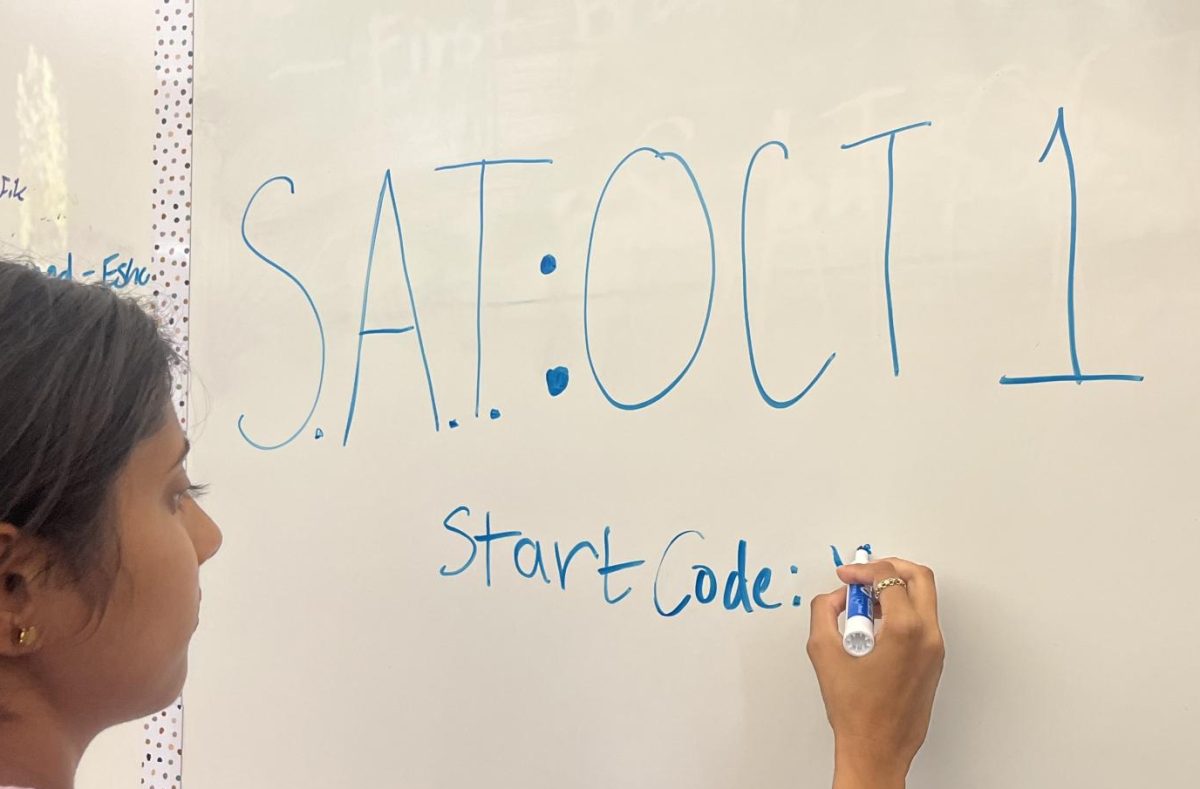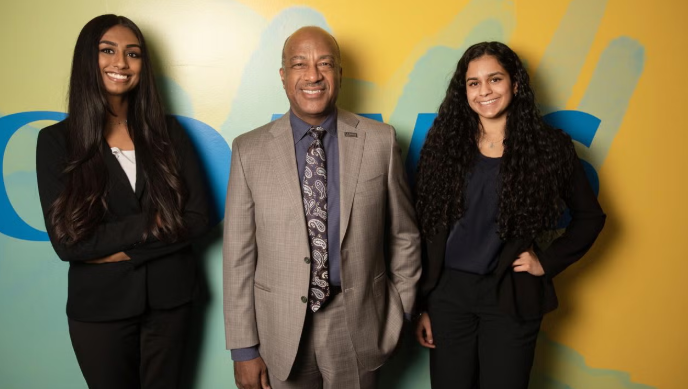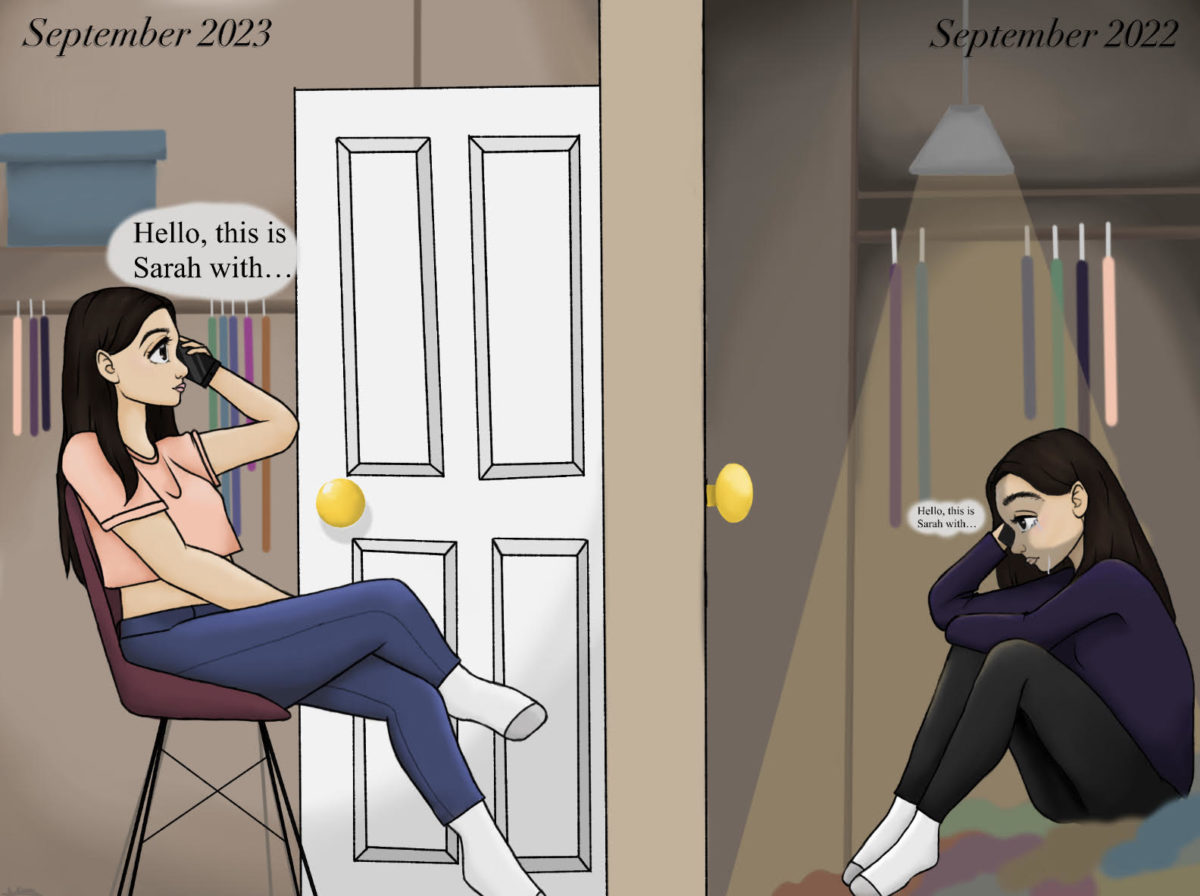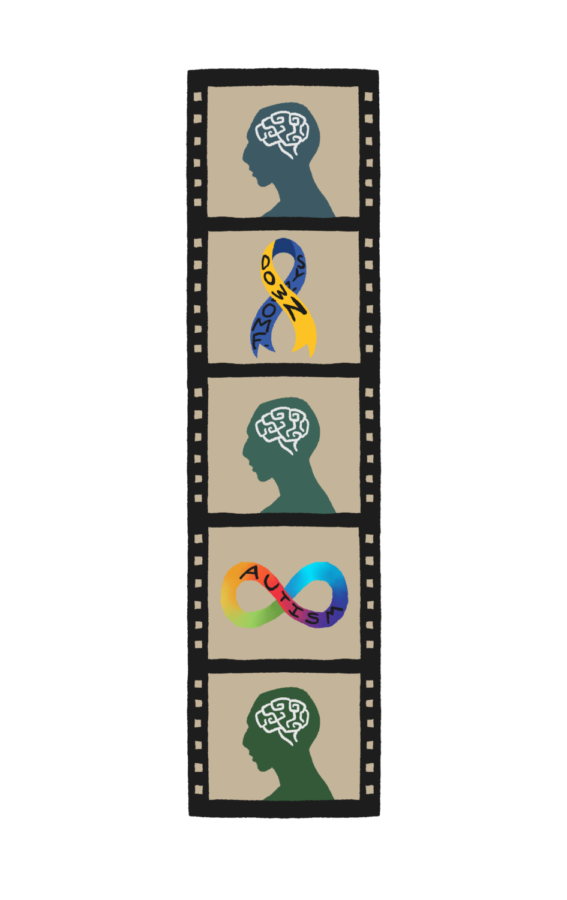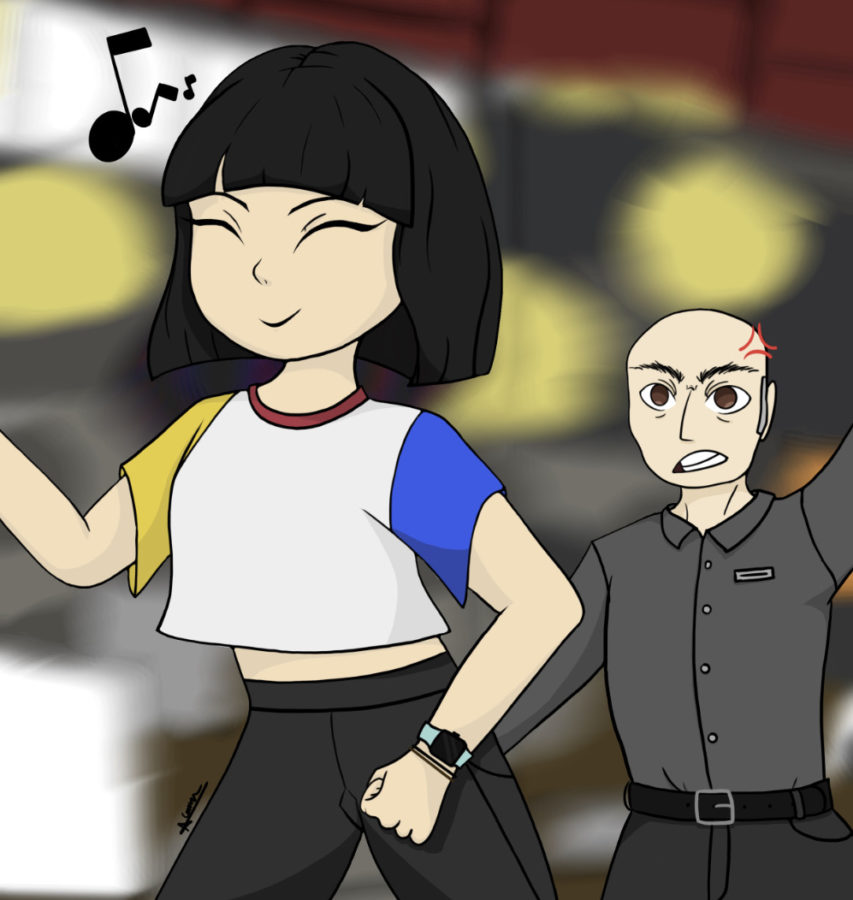Predominantly at Granite Bay High School, the partaking in sports seems to be a major stressor upon the lives of students.
It seems nearly everyone at Granite Bay High School feels obligated to be involved in at least one sport on campus; however, sports aren’t everything.
Students focus too intensely on athletics when they could ration their energy into other things such as grades, clubs and volunteer work. Instead of being extremely invested in one area of extracurriculars, students should put forth effort to be versatile in a variety of them.
If student-athletes spend too much time focusing solely on their sport, what will they have to rely on for college acceptances if they can’t play sports in college?
If students only concentrate on sports and nothing else, there can be many harmful consequences.
Grades can be higher and students can ultimately benefit from harder courses taken in high school. In order to explore and try out new programs,
students could invest time into activities such as Student Government, Key Club or media.
Furthermore, playing college sports that don’t lead anywhere eliminates time from planning a career beyond college. What will their fallback be if they exert all their energy into their sport and they can’t go pro?
Time doesn’t last forever.
The National Collegiate Athletic Association (NCAA) concluded that playing college football required 43.3 hours per week; college baseball, 42.1 hours; men’s basketball, 39.2 hours; and women’s basketball, 37.6 hours per week.
You could gain back nearly six hours a day by not playing a college sport.
A study done by ScholarshipStats proved only slightly more than 7% of all high school athletes went on to play a varsity sport in college. That’s only a 1 in 14 probability.
Students shouldn’t rely on just one activity to admit them into college, especially when the probability of succession for sports is so low.
Many parents also push their children to participate in sports in hopes of obtaining a college scholarship.
Out of the multitude, only six sports in highschool are actually eligible for a full ride scholarship.
The National Collegiate Athletic Association (NCAA) published a study showing that only 2% of high school seniors actually obtain a sports scholarship to an NCAA institution and usually sports scholarships are less than $11,000, which would only pay for about half of one year of college.
Moreover, aspirations of getting a full ride sports scholarship are quite unlikely. This emphasizes my point that it’s extremely important to learn the art of balance among activities! I mean – risking the chance of getting no college acceptances versus barely five months of college paid is a great bet to make – right? Parents, your hopes aren’t as logical as you think.
Only 3.3% of male high school basketball players play in college. The percentage of high school to professional successors for male basketball falls onto an average of 0.03%.
It seems that even with these small chances, athletes get caught up in the hopes of being recognized for their athleticism. Even if few athletes are commended, it will probably only last temporarily, whether in highschool or college.
Don’t get me wrong – sports and sportsmanship are very important aspects in life. They teach extremely helpful and valuable life lessons such as teamwork, determination, dedication and discipline. I, myself, have been active in sports since I was five years old.
However, when people take it too far and become obsessed with the idea of being successful is when it becomes problematic and time consuming. As long as time is balanced correctly, sports are indeed helpful towards present and future endeavors.
Athleticism may take some athletes far, but the majority of high school students won’t play their sport in college. We should learn to balance our time more efficiently.
It’s easy to get caught up in dreams of glory. In the long run, effort spread throughout several activities will be more beneficial for people’s future careers.





